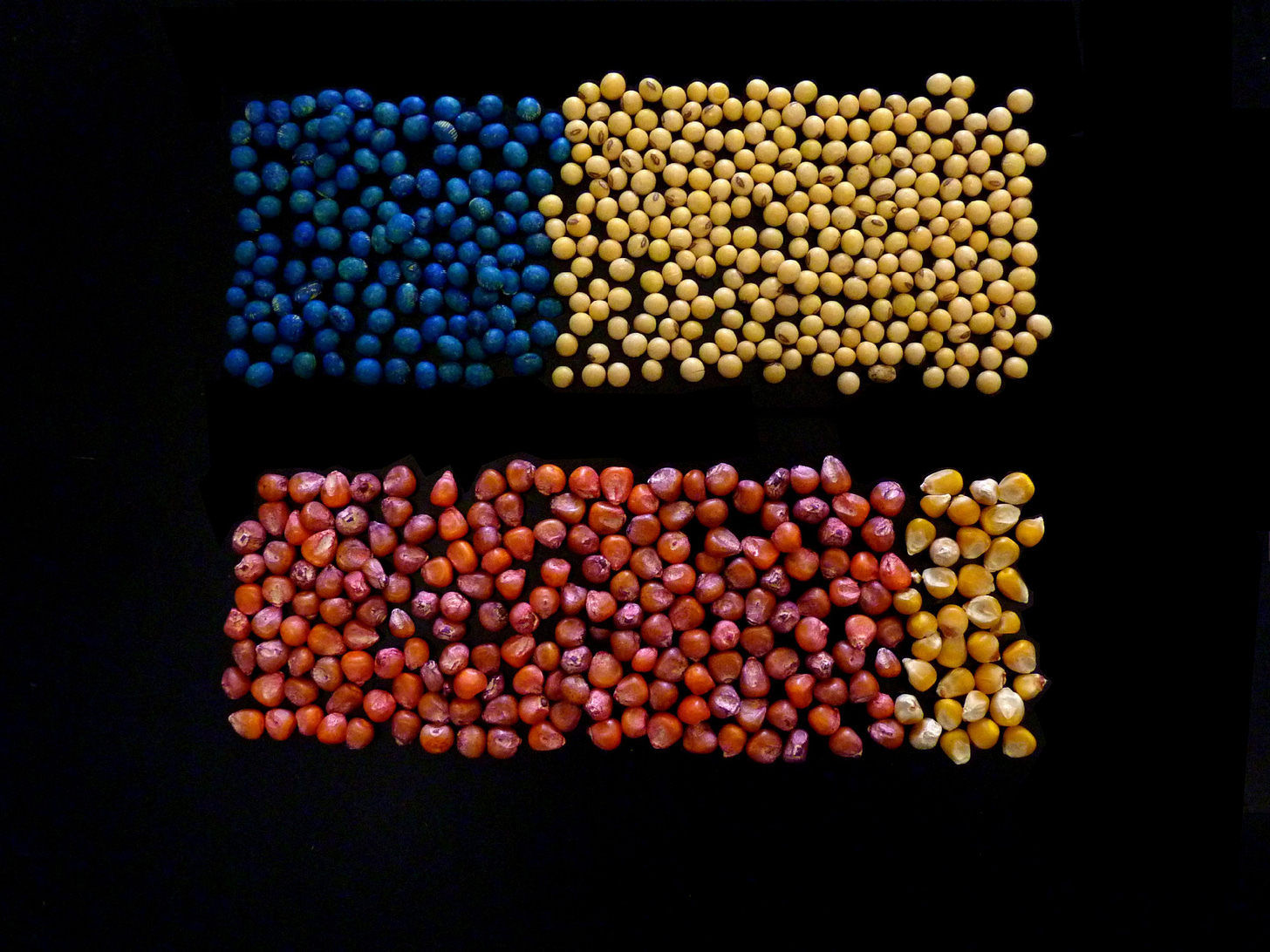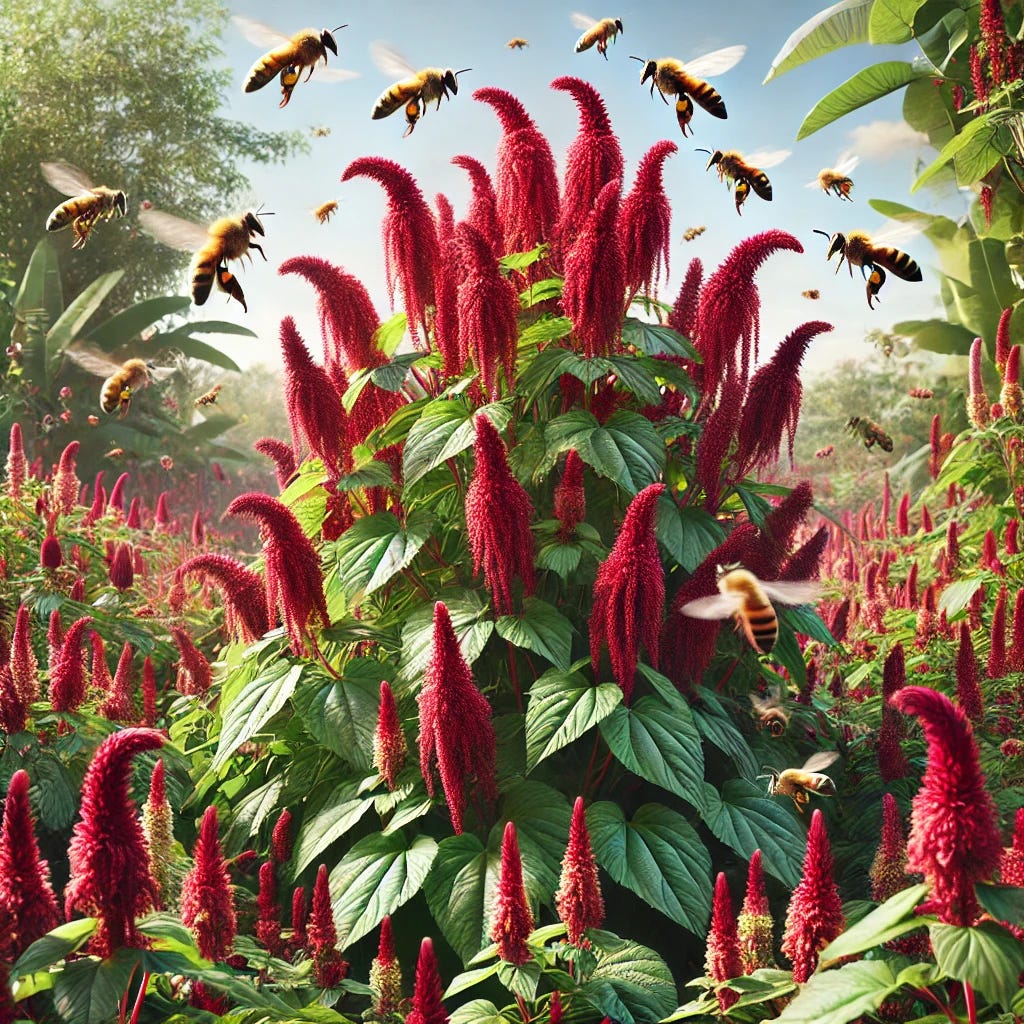Neonicotinoid seed coatings are a widely used but environmentally contentious pest control method. While they offer convenience and potential economic benefits for farmers, their unintended impacts on pollinators, soil health, and aquatic ecosystems have sparked significant debate and regulatory action. Promoting sustainable alternatives and implementing stricter regulations are critical to mitigating these risks. This report by Penn State is a good read on this subject.
Why Haven’t We Effectively Stopped The Use Of Neonicotinoids; Overall?
The difficulty in achieving meaningful action to stop the use of neonicotinoids stems from a combination of economic, political, scientific, and regulatory factors. Here are the key reasons:
1. Economic Interests and Industry Influence
Agricultural Industry Dependence:
Neonicotinoids are among the most widely used insecticides globally, primarily because of their effectiveness and ease of application (e.g., seed coatings).
Many large-scale farming operations view them as essential to maintaining crop yields and profitability, particularly in monoculture systems. As we have mentioned many times, having the average travel distance of fresh foods from farm to table at 1,500 miles; we should be bringing food growing back closer to where we eat it, details on this here.
Pesticide Manufacturer Lobbying:
Companies producing neonicotinoids (e.g., Bayer, Syngenta) wield significant influence in political and regulatory processes.
They actively fund studies, marketing campaigns, and lobbying efforts to downplay risks and emphasize benefits, complicating regulatory action.
Grocery Store Demand Perfect Fresh Foods:
In many countries, a significant percentage of food is wasted at various stages of production, and a large part of this waste occurs because of strict aesthetic standards for produce. “Around 6 billion pounds of produce are wasted annually in the U.S. due to cosmetic filtering alone.” We created a complete article on this here.
2. Scientific Uncertainty and Complexity
Conflicting Research Findings:
While substantial evidence links neonicotinoids to pollinator decline, some industry-funded studies question these findings, creating doubt among policymakers.
The complexity of ecosystems means proving direct cause-and-effect relationships is challenging, which can delay regulatory decisions.
Sub-lethal Effects on Pollinators:
Neonicotinoids' impacts on bees often manifest as sub-lethal effects (e.g., impaired navigation, reduced reproduction) rather than immediate mortality, making it harder to quantify the scale of harm.
From our perspective any and all detrimental impacts on pollinators are palpable. Whilst we state that pretty much all land-based life-forms depends on seeds and spores; the majority of seeds and spores depend on pollinators.
3. Regulatory Challenges
Slow Policy Processes:
Regulatory bodies often require years to evaluate scientific evidence, solicit public input, and finalize decisions.
In countries like the U.S., federal agencies such as the Environmental Protection Agency (EPA) face bureaucratic hurdles and industry opposition that slow progress.
There is also evidence of lobbying and financial impacts which can be swaying or delaying beneficial policies for pollinators.
Patchwork Regulations:
Inconsistent rules across regions (e.g., the U.S. vs. European Union) create challenges in enforcing bans or restrictions, as countries with weaker regulations can undermine global efforts.
4. Lack of Effective Alternatives
Farmer Concerns:
Many farmers argue that viable alternatives to neonicotinoids for pest control are either less effective or more expensive.
Transitioning to integrated pest management (IPM) or other sustainable practices requires education, time, and financial support, which may not be readily available.
We need to evolve meaningful policies to help farmers to get off the use of neonicotinoids and related ecological catastrophes. Farmers are vital to our current food-supplies and need to be supported far more than far-flung wars are.
5. Political and Social Factors
Weak Political Will:
Addressing the use of neonicotinoids often conflicts with powerful economic interests, leading to political resistance to strict bans. (We mentioned this earlier in this post).
Short-term economic considerations tend to take precedence over long-term ecological concerns, (which then leads to long-term species extinction).
Public Awareness:
While public awareness of pollinator decline has grown, the connection between neonicotinoids and pollinator health is not universally understood, limiting grassroots pressure on policymakers.
This has a far deeper relevance, our food systems in the USA are terribly convoluted and at the same time, our healthcare spend per capita is at astonishing levels. It is good to recall that famous phrase “we are what we eat”. The United States consistently spends more on healthcare per capita than any other developed nation. In 2022, U.S. healthcare expenditure was approximately $12,742 per person, significantly higher than other high-income countries.
For comparison, in 2022:
Norway: $8,693 per capita
Switzerland: $8,049 per capita
Netherlands: $7,358 per capita
Austria: $7,275 per capita
Despite this substantial investment, the U.S. often experiences poorer health outcomes compared to its peers. Factors contributing to higher costs include elevated prices for medical services and pharmaceuticals, higher administrative expenses, and greater utilization of advanced medical technologies.
There are many questions to ponder here and remember; “we are what we eat”!
6. Legal and Trade Concerns
Potential Legal Battles:
Banning neonicotinoids can lead to lawsuits from manufacturers and trade groups, which further delay regulatory action.
The risk of lawsuits from manufacturers and trade groups over bans on neonicotinoids remains a possibility, even after the failure of the Trans-Pacific Partnership Agreement (TPPA). Here’s why this remains a concern:
i. Trade Agreements and Investor-State Dispute Mechanisms (ISDS):
The TPPA included provisions allowing corporations to sue governments under Investor-State Dispute Settlement (ISDS) clauses if they believed regulations harmed their investments.
Although the TPPA failed, similar ISDS provisions exist in other trade agreements and treaties, such as:
NAFTA (now USMCA): Includes certain ISDS mechanisms.
EU Trade Agreements: While some are phasing out ISDS, elements still allow arbitration.
These mechanisms can be invoked by multinational pesticide manufacturers if they argue that bans on neonicotinoids constitute "indirect expropriation" of profits.
ii. Current Legal Risks:
Manufacturer Lawsuits: Companies like Bayer and Syngenta, which produce neonicotinoids, have historically challenged bans in jurisdictions where they operate.
Example: Bayer and Syngenta sued the European Union after its 2018 ban on outdoor use of neonicotinoids, claiming it was not scientifically justified.
Domestic Lawsuits: In the U.S., state-level bans or restrictions can be challenged under domestic law, particularly if industry groups claim such regulations violate federal preemption principles or lack adequate scientific basis.
iii. The Changing Landscape:
While the TPPA would have expanded ISDS provisions, its failure does not eliminate the broader risks:
Global Trade Agreements: Other trade agreements still allow for ISDS challenges.
Regulatory Frameworks: Governments must navigate domestic and international pressures to enact bans that withstand legal scrutiny.
iv. Mitigating Risks:
Strong Scientific Evidence: Governments must build robust, peer-reviewed evidence linking neonicotinoids to ecological harm to defend bans in court.
Alternatives Promotion: Providing viable alternatives to farmers and industry can reduce opposition.
Public and International Support: Strong public advocacy and international collaboration (e.g., aligning with EU standards) can mitigate pushback.
Global Trade Implications:
Countries reliant on export-oriented agriculture may resist bans out of fear of losing competitive advantages in global markets. This is a classic example of Misaligned Incentives or Multipolar Traps, aka Molok. The graphic above represents the obstacles that not only individuals but nation-states can face via ISDS or Investor-State Dispute Settlements. More on these in the next section.
1. Origins of ISDS:
Post-WWII Era:
ISDS mechanisms emerged after World War II to encourage foreign direct investment (FDI) in a global economy recovering from the war.
Early treaties focused on protecting investors from arbitrary actions by host governments, such as expropriation without compensation.
Bilateral Investment Treaties (BITs):
The first BIT was signed in 1959 between Germany and Pakistan, laying the foundation for ISDS provisions.
BITs were designed to provide legal protection for foreign investors in countries with weak legal systems.
2. Expansion in the 1980s and 1990s:
Globalization:
The rise of globalization in the 1980s and 1990s saw a surge in investment treaties, incorporating ISDS provisions.
By the late 1990s, there were thousands of BITs, covering a wide range of industries and sectors.
NAFTA (1994):
The North American Free Trade Agreement (NAFTA) included Chapter 11, which allowed investors to sue governments directly for perceived violations of the agreement.
High-profile cases under NAFTA highlighted both the advantages and controversies of ISDS.
3. Controversies and Criticism:
Allegations of Corporate Overreach:
ISDS mechanisms allowed corporations to sue governments for implementing policies that allegedly harmed their investments, such as environmental regulations or public health measures.
Critics argued that ISDS gave disproportionate power to corporations, undermining national sovereignty.
Examples of Disputes:
Philip Morris vs. Uruguay: Philip Morris used ISDS to challenge Uruguay’s anti-smoking regulations.
Vattenfall vs. Germany: Vattenfall sued Germany for transitioning away from nuclear power, claiming damages for the lost investment.
Lack of Transparency:
ISDS cases were often conducted behind closed doors, with little public scrutiny.
Conclusion:
We cannot carry on prioritizing profit motives above all else. It is starkly obvious that neonicotinoids are harmful and dangerous or they would not exist, these exist to kill life-forms that we, as humans, deem to be “pests”. Life-forms which might cause blemishes on the perfect fresh foods so many demand and expect, we created an article on this here.
We started this article addressing neonicotinoids as part of a seed coating but this of course is not the only way they exist. Here is the stark fact, if we lose the pollinators we and many other life-forms are over. From a moral perspective this is not about obscure legal arguments like ISDS, TPPA, North American Free Trade Agreement(s), it is about the ongoing existence (or not) of many life-forms, including humanity. We need to stop the use of neonicotinoids with immediate effect.
As always, thank you for your reading of our articles here and please feel free to comment.







